
When it comes to choosing the right dishwasher settings, many of us may find ourselves at a crossroads between the eco mode and the quick-wash option. Both choices have their own benefits and downsides, but which one is better for your specific needs?
The eco mode, also known as the standard or ‘eco’ cycle, is designed to be much more energy and water-saving. It uses lower temperatures and longer washes to get the job done, saving both electricity and money in the long run. This mode is perfect for those who care about the environment and want to minimise their impact. However, the downside is that it may take a bit longer for the cycle to finish compared to the quick-wash option.
On the other hand, the quick-wash setting is all about saving time. It uses higher temperatures and faster cycles to get your dishes clean and dry in no time. This mode is perfect for busy households or when you’re in a hurry and need your dishes done quickly. However, it may use more energy and water compared to the eco mode, resulting in higher electricity and water bills.
Eco Mode vs Quick: Which Dishwashing Cycle Is More Efficient?
When it comes to choosing the right dishwasher cycle, many factors need to be considered. One of the main decisions you’ll face is whether to use the Eco mode or the Quick cycle. Both of these options have their pros and cons, so it’s important to understand which one is more efficient for your needs.
Eco Mode
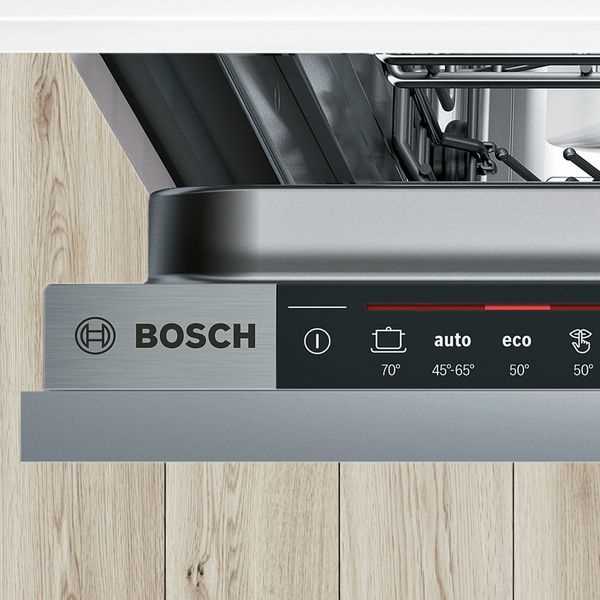
Eco Mode is an environmentally-friendly choice that uses less water and energy compared to other cycles. This cycle is designed to remove tough stains and debris while conserving resources. The dishwasher typically runs at a lower temperature and takes longer to complete, but it delivers excellent results without using excessive amounts of water or electricity.
With Eco Mode, the dishwasher may use steam to help loosen food particles and stains. This can be especially helpful for dishes with dried-on food or stubborn grease. The steam also sanitizes the dishes during the cleaning process, ensuring that they are thoroughly clean and safe to use.
Quick Cycle
The Quick cycle, on the other hand, is a faster option that helps you get your dishes clean in less time. It’s ideal for situations where you need your dishes washed and dried quickly, such as when you’re expecting guests or need to reuse your dishes for another meal.
Unlike Eco Mode, the Quick cycle uses higher water pressure and temperature to achieve faster results. This means that it may consume more energy and water compared to Eco Mode. However, it’s important to note that the Quick cycle is not as thorough in terms of cleaning compared to Eco Mode.
Choosing the Right Cycle
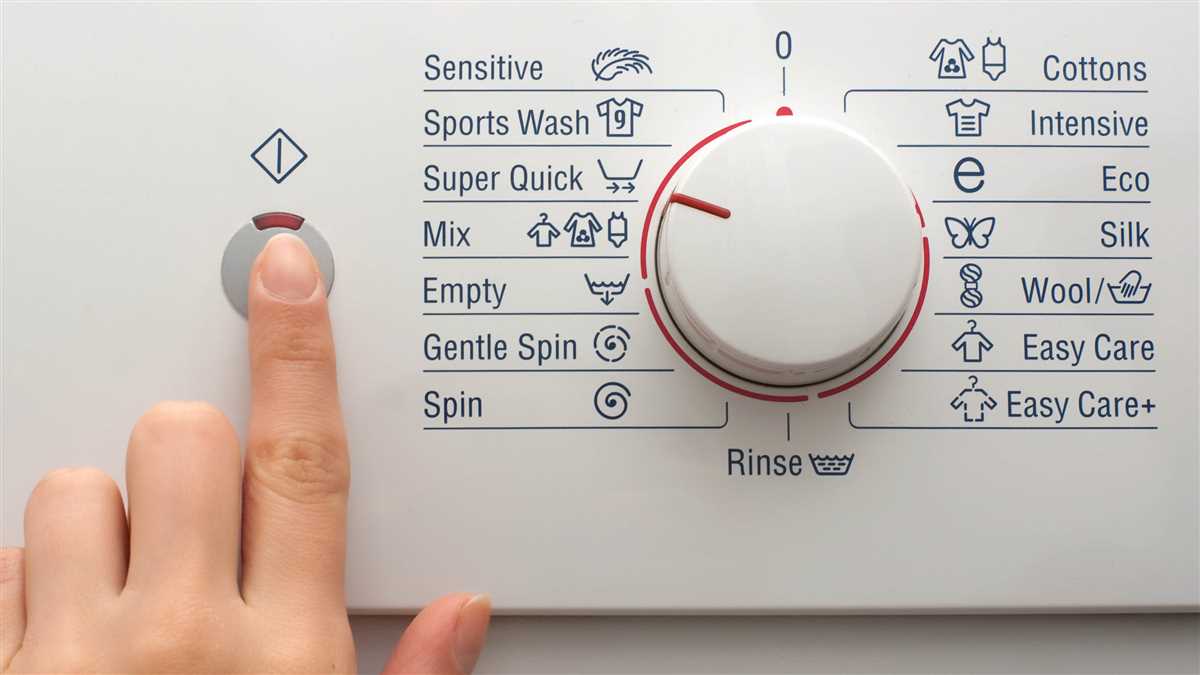
When looking to maximise energy and water savings, Eco Mode is the better choice. It may take longer to complete, but it’s more energy-efficient and uses less water overall. If you’re not in a hurry and want to minimise your environmental impact, Eco Mode is the way to go.
On the other hand, if you’re short on time and need your dishes cleaned quickly, the Quick cycle can save you time and effort. However, this convenience comes at the cost of higher energy and water usage.
It’s worth considering that your dishwasher model may have different settings and options available. Some dishwashers offer a combination of both Eco Mode and Quick cycle, allowing you to choose the most suitable cycle for each load of dishes.
Ultimately, the choice between Eco Mode and Quick depends on your priorities. If you’re more focused on saving time and getting the dishes done faster, the Quick cycle may be the better option. However, if you’re concerned about saving energy and water, Eco Mode is the way to go.
In summary, both Eco Mode and Quick cycle have their advantages and disadvantages. It’s important to consider your specific needs, time constraints, and environmental impact when choosing the right cycle for your dishwasher.
Eco Mode: Prioritizing Energy Efficiency
When it comes to choosing between the Eco Mode and Quick Mode on your dishwasher, it’s important to consider the energy efficiency of each option. Eco Mode is designed to save energy and reduce your carbon footprint by using less electricity and water during the washing process. This can ultimately lead to lower utility tariffs and make a positive impact on the environment.
Using less energy is a major advantage of Eco Mode. Many dishwashers with this mode have an Energy Star rating, which means they meet strict energy efficiency guidelines set by the Environmental Protection Agency (EPA). Each dishwasher with an Energy Star rating saves approximately 12% more energy than a standard dishwasher, which can translate to significant savings on your energy bills over time.
But choosing Eco Mode isn’t just about saving money – it’s also about taking care of the planet. By using less energy, you can reduce greenhouse gas emissions and contribute to a more sustainable future.
If you’re looking for a dishwasher with Eco Mode, there are different options available on the market. Some dishwashers have a dedicated Eco Mode button, while others may have a specific program that prioritizes energy efficiency. It’s important to consult the dishwasher’s user manual or visit the manufacturer’s website to know exactly how to activate and use the Eco Mode feature.
So how does Eco Mode actually work? When activated, Eco Mode adjusts the water temperature, pressure, and program duration to be more energy efficient. It typically runs at lower temperatures and slower speeds compared to other modes, allowing it to save both energy and water.
One common misconception is that using Eco Mode will result in dishes not getting as clean as they would in other modes. However, this is not necessarily true. Dishwashers with Eco Mode employ advanced cleaning technologies, such as steam, to effectively remove dirt and stains from your dishes.
While Eco Mode may take a bit more time to complete a cycle compared to Quick Mode, the results are generally just as good. The slightly longer run time is a small trade-off for the energy and water savings you’ll achieve.
It’s also worth noting that not all dishwashers and their Eco Mode settings are created equal. Some machines may have higher energy-saving ratings or more efficient programs than others. It’s important to research and compare different models to find the one that best meets your needs and priorities.
Ultimately, the choice between using Eco Mode or Quick Mode on your dishwasher depends on what matters to you most. If you want to minimize your carbon footprint and save money on utility bills in the long run, Eco Mode is the clear choice. But if you’re in a hurry or have lightly soiled dishes, Quick Mode may be more suitable for your needs.
Remember, using Eco Mode is just one small step towards energy efficiency. It’s important to also be mindful of your overall water and energy usage habits in the kitchen. By making conscious choices and using appliances wisely, you can further maximize your savings and reduce your environmental impact.
Quick Cycle: Speed and Convenience
When it comes to washing your dishes, you may find yourself in a dilemma. You want them to be clean, but you also want it done quickly. That’s where the quick cycle on your dishwasher comes in handy. It allows you to save time and get your dishes cleaned in no time.
Quick wash cycles are designed to be faster than standard wash cycles, which can take a long time to complete. These quick cycles are perfect for when you don’t have a lot of time and need your dishes washed and ready to use as quickly as possible.
Using the quick cycle can save you energy as well as time. It uses less water and energy compared to longer cycles, making it an efficient choice. The exact amount of water and energy saved may vary depending on the model and the specific quick-wash program it offers.
According to a dishwasher manufacturer’s website, using the quick cycle can save up to 30% more energy compared to standard cycles. This can help you reduce your energy consumption and save money on your utility bills.
However, it’s important to note that quick wash cycles may not be as effective in getting rid of heavily soiled dishes. These cycles are designed to remove light dirt and stains, but they may not be able to tackle tough, dried-on food particles. So, if your dishes are heavily soiled, it’s best to use a longer cycle or pre-rinse them before loading them into the dishwasher.
One downside of using the quick cycle is that it may not give you the same sparkling results as a longer cycle. The quicker wash may not have enough time to thoroughly clean and rinse your dishes, leaving behind some spots or residue. However, this can vary depending on the dishwasher model and the specific quick-wash program it offers.
In terms of water usage, quick cycles generally use less water compared to longer cycles. According to a website related to energy ratings, quick-wash programs are specifically designed to minimize water consumption. This can help you conserve water and contribute to a more sustainable lifestyle.
It’s important to know that using the quick cycle does not affect the overall efficiency of your dishwasher. The quick-wash program is designed to provide a quicker wash without compromising the machine’s performance. So, even if you rely on the quick cycle more often, you can still expect your dishwasher to get the job done.
In conclusion, if you’re looking for a quick and convenient way to wash your dishes, the quick cycle is a good choice. It allows you to save time and energy while still getting your dishes clean. However, keep in mind that it may not be as effective on heavily soiled dishes, and you may need to rinse them beforehand. Use the quick cycle to maximize convenience, but don’t hesitate to use a longer cycle when necessary.
Comparing Cleaning Performance: Eco vs Auto-Sensing

When it comes to choosing the right dishwasher cycle, there are several factors to consider. Two popular options that many people often wonder about are the Eco mode and Auto-Sensing mode. In this post, we will join these two modes and compare their cleaning performance to see which one is more efficient and cost-effective.
Eco Mode
The Eco mode heavily focuses on energy-saving features. It will save you money on your electricity bills by using less water and electricity during the washing cycles. In terms of cleaning performance, the Eco mode may take more time to thoroughly clean heavily soiled dishes, as it uses lower water pressure and temperatures to conserve energy. However, it is still a good choice for everyday dishwashing needs.
Auto-Sensing Mode
The Auto-Sensing mode works by automatically detecting the level of dirt on your dishes and adjusting the cycle accordingly. This mode is designed to be efficient and effective in cleaning dishes in the shortest time possible. It uses higher water pressure and temperatures to ensure a thorough cleaning, but it may use more energy compared to the Eco mode.
| Features | Eco Mode | Auto-Sensing Mode |
|---|---|---|
| Energy Efficiency | High | Lower compared to Eco mode |
| Cleaning Performance | May take longer for heavily soiled dishes, but still effective for everyday use | Thorough cleaning in a shorter time |
| Water Pressure | Lower | Higher |
| Water Temperatures | Lower | Higher |
| Energy Usage | Lower | Higher compared to Eco mode |
Ultimately, the choice between the Eco mode and Auto-Sensing mode depends on your specific needs and preferences. If you’re looking to save energy and don’t mind the longer cycle times, the Eco mode is a great option. On the other hand, if you prioritize quick and thorough cleaning, especially for heavily soiled dishes, the Auto-Sensing mode may be a better choice.
It’s important to note that both modes have their advantages and disadvantages. Consider your dishwashing habits, the level of dirt on your dishes, and the energy tariffs in your area when making your decision. Also, check the energy ratings of the dishwasher to help you determine which mode will be most cost-effective in the long run.
In summary, while the Eco mode saves on electricity and water usage, the Auto-Sensing mode offers quick and efficient cleaning. Choosing the right mode will ultimately depend on your priorities and the specific requirements of your dishwashing needs.
Environmental Impact: Eco Mode’s Advantage
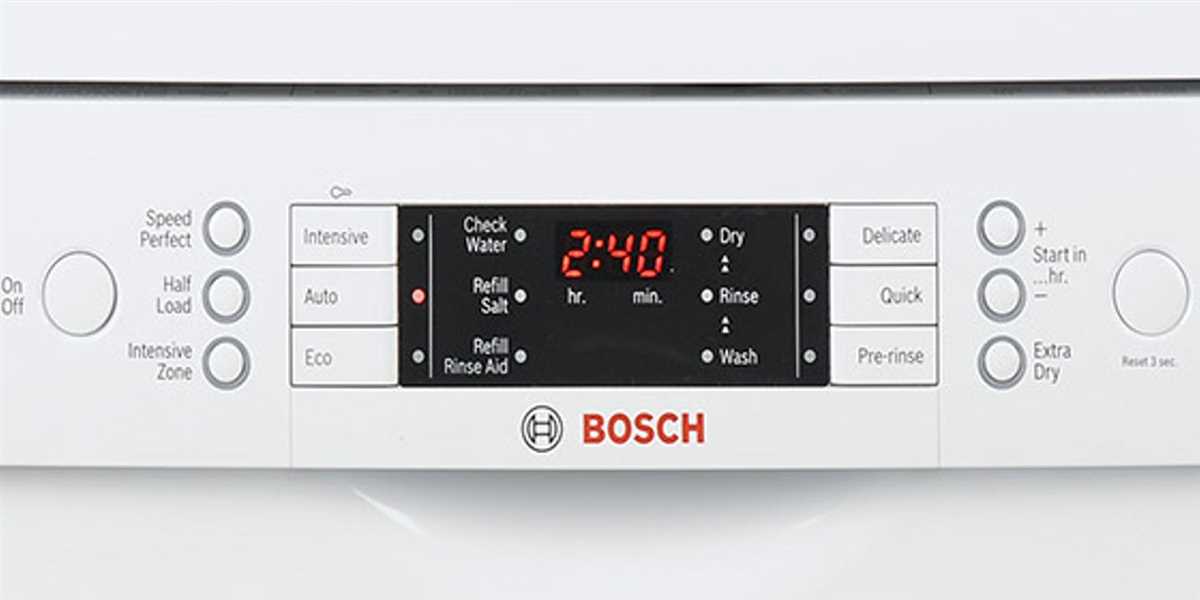
When it comes to dishwasher cycles, the choice between Eco Mode and Quick Mode can have a significant impact on the environment. Eco Mode is specifically designed with the environment in mind and offers several advantages in terms of energy and water consumption.
Energy Efficiency
Eco Mode is known for its energy-saving capabilities. By using lower water temperature and longer cycle times, this mode reduces the amount of electricity required to run the dishwasher. Many eco-friendly dishwasher models have an Energy Star rating, which means they meet strict energy-efficiency guidelines. Choosing Eco Mode will help you save on electricity bills and reduce your carbon footprint.
Water Conservation
Eco Mode also focuses on water conservation. By using less water and running longer cycles, it maximizes the cleaning power while minimizing water waste. Quick Mode, on the other hand, typically uses higher water pressure and shorter cycle times, which may result in more water consumption.
Environmental Benefits
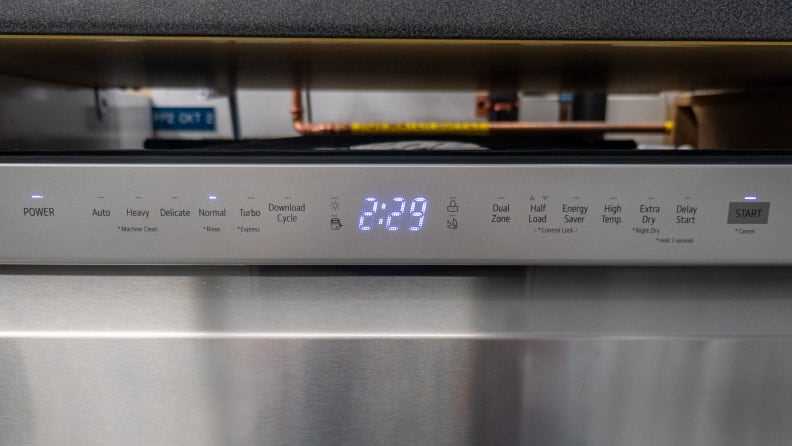
Using Eco Mode not only saves energy and water but also contributes to a cleaner environment. Since Eco Mode uses lower water temperature, less steam is generated during the cycle. This means less energy is needed to heat the water, and there is less strain on the water treatment systems. Additionally, the longer cycle time allows the dishwasher to effectively remove dirt and grime without the need for additional cycles, reducing water and energy waste.
The Eco-Friendly Choice

While Quick Mode may seem like a more convenient and time-saving option, it is important to consider the environmental impact of your choices. Eco Mode is specifically designed to minimize the environmental impact of dishwashing. By choosing Eco Mode over Quick Mode, you not only save money on your electricity and water bills but also contribute to a more sustainable future.
Choosing the Right Dishwashing Cycle for Your Needs
When it comes to using your dishwasher, selecting the right cycle can make a big difference in terms of efficiency and results. With a variety of options to choose from, it can be helpful to understand the benefits and downsides of each cycle to determine the best choice for your needs.
Dishwasher Cycles: Eco Mode vs Quick Mode
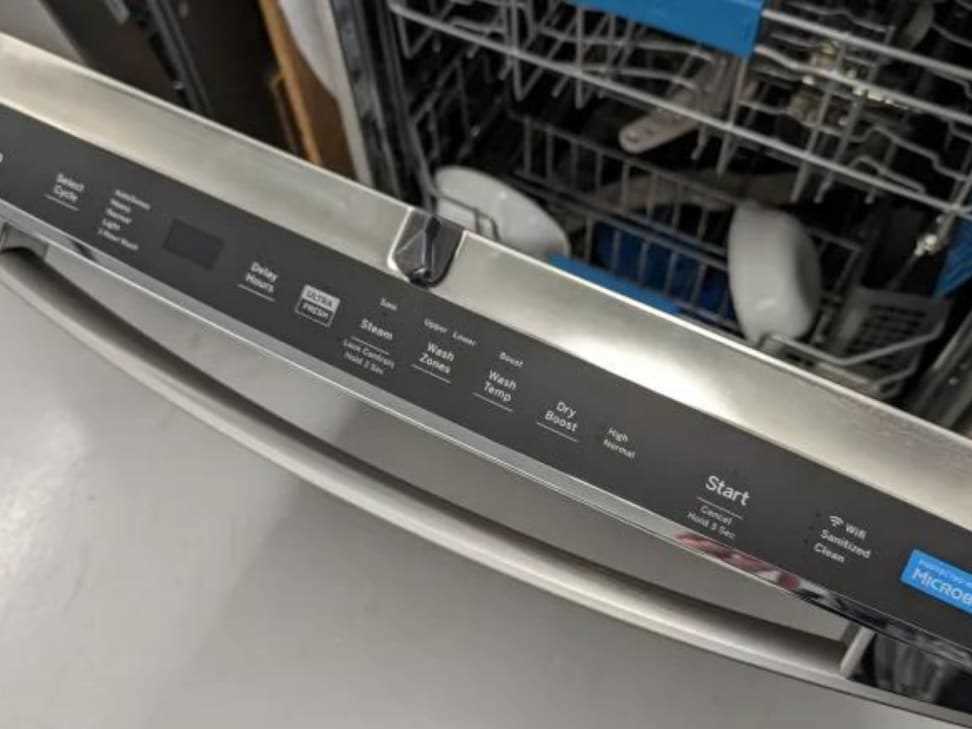
Two popular dishwasher cycles are Eco Mode and Quick Mode. Each mode has its own advantages and disadvantages, so it’s important to consider your priorities before making a decision.
- Eco Mode: Eco Mode, also known as the energy-saving mode, is designed to minimise energy and water usage during the washing process. This cycle typically has longer running times and lower temperatures compared to other cycles. While it may take more time to complete a wash using Eco Mode, it can help you save money on your energy bills and reduce your environmental impact.
- Quick Mode: Quick Mode, on the other hand, is ideal for those who want a quicker wash. This cycle is designed to wash dishes faster by using higher temperatures and sometimes steam. While it may be more convenient, the quick-wash cycle may not be as efficient as other cycles in terms of energy consumption and water usage.
Choosing the Right Cycle
When deciding between Eco Mode and Quick Mode, there are a few key factors to consider:
- Energy Efficiency Ratings: If energy efficiency is a priority for you, Eco Mode is the better choice. Quick Mode may use more energy due to its higher temperatures and shorter cycle times.
- Water Usage: If you are looking to save water, Eco Mode is the more efficient choice as it uses less water compared to Quick Mode.
- Cleaning Power: Quick Mode may be a good option for heavily soiled dishes that require a more powerful cleaning. However, Eco Mode can still offer good cleaning results for most everyday dishwashing needs.
- Time: If you are in a hurry and need your dishes done quickly, Quick Mode is the way to go. It can significantly reduce the washing time compared to Eco Mode.
Ultimately, the right choice of dishwasher cycle comes down to your personal preferences and priorities. Factors such as energy efficiency, water usage, cleaning power, and time constraints can heavily influence your decision. It’s always a good idea to check the product’s manual or manufacturer’s website for specific information on cycle choices and their related benefits.
By carefully considering your needs and weighing the pros and cons of each mode, you can make an informed decision that will help you maximise the efficiency and results of your dishwasher.
FAQ
Is it better to use the eco mode or the quick mode on my dishwasher?
It depends on your specific needs and preferences. The eco mode on a dishwasher is designed to be more energy-efficient, using less water and electricity during the cycle. This can help to save on your utility bills and reduce your overall environmental footprint. However, the trade-off is that the eco mode takes longer to complete a cycle, as it typically runs at lower temperatures and takes more time to achieve the same level of cleanliness as the quick mode. If you are in a hurry or have heavily soiled dishes, the quick mode may be a better option as it completes the cycle much faster. Ultimately, the choice between eco mode and quick mode will depend on your priorities and the specific circumstances of each load of dishes.
Can the quick mode clean dishes as effectively as the eco mode?
The quick mode on a dishwasher is designed to clean dishes in a shorter amount of time compared to the eco mode. While it may not be as energy-efficient as the eco mode, it can still effectively remove food debris and stains from your dishes. The quick mode typically uses higher temperatures and more water pressure to clean the dishes quickly. However, it is important to note that heavily soiled or stuck-on food may not be completely removed in the quick mode. For tougher stains or dirtier dishes, the eco mode may be a better choice as it allows for a longer, more thorough cleaning cycle.
Does using the eco mode save a significant amount of energy?
Yes, using the eco mode on your dishwasher can save a significant amount of energy compared to using other modes. The eco mode is designed to be more energy-efficient by using lower temperatures and longer cycle times. This means that less electricity is used during each cycle, resulting in lower energy consumption. Additionally, the eco mode also often reduces water usage, further contributing to its energy-saving benefits. By using the eco mode, you can help to reduce your carbon footprint and save money on your energy bills in the long run.
Is it worth it to wait for the eco mode cycle to finish?
Whether it is worth it to wait for the eco mode cycle to finish depends on your priorities and the specific circumstances of each load of dishes. The eco mode is designed to be more energy-efficient, using less water and electricity. However, it typically takes longer to complete a cycle compared to other modes, such as the quick mode. If you have the time to wait and prioritize energy efficiency, then waiting for the eco mode cycle to finish can be worth it. On the other hand, if you are in a hurry or have heavily soiled dishes, using a quicker mode may be more beneficial. Ultimately, the decision to wait for the eco mode cycle to finish will depend on your personal preferences and needs.
















